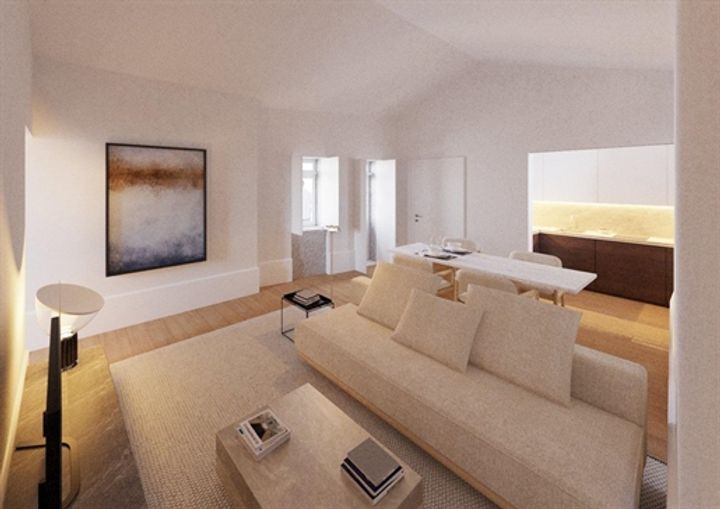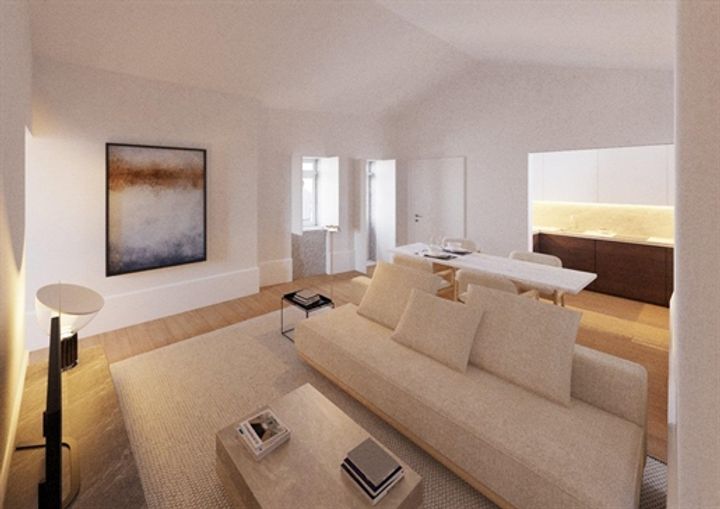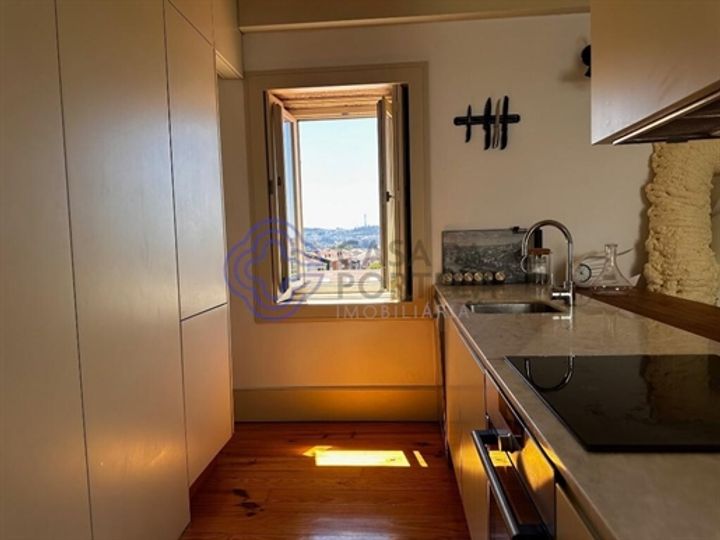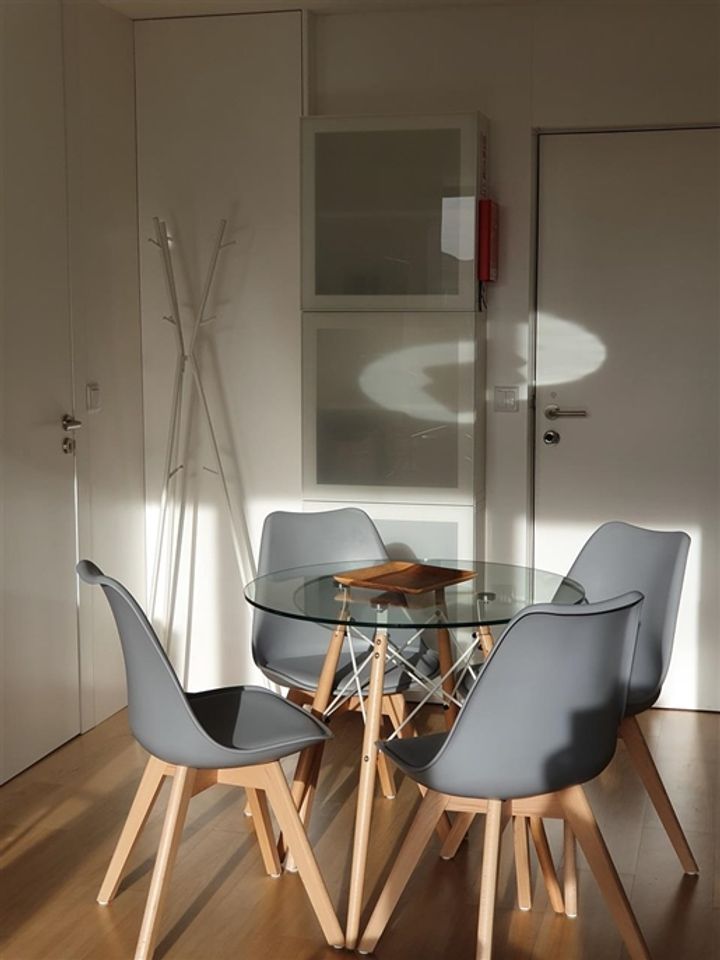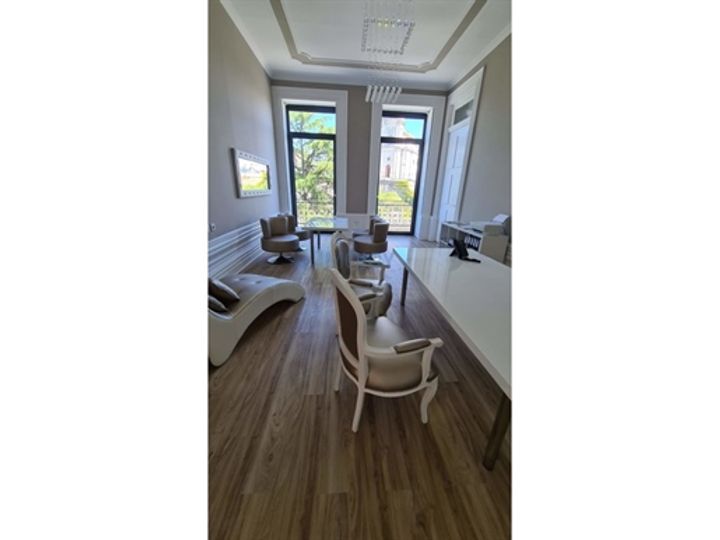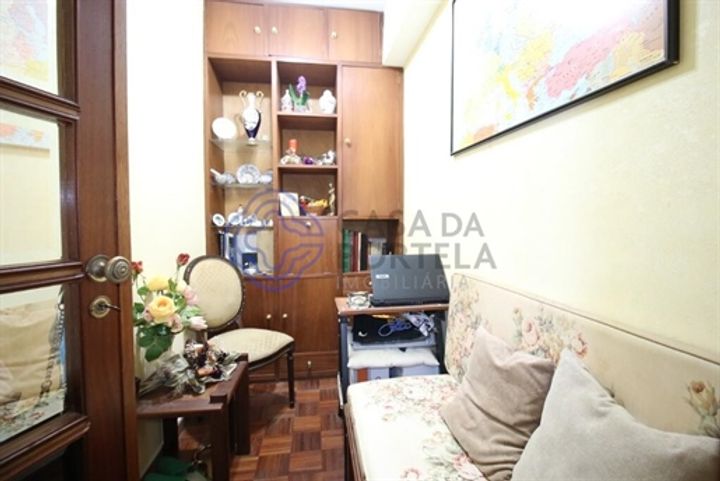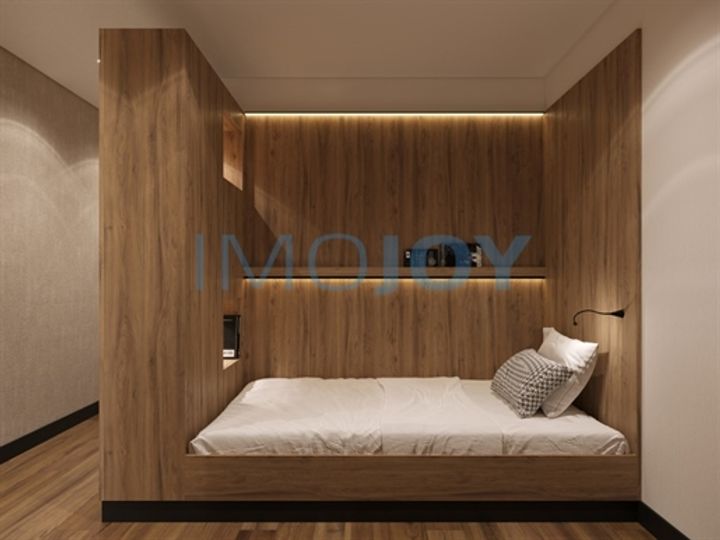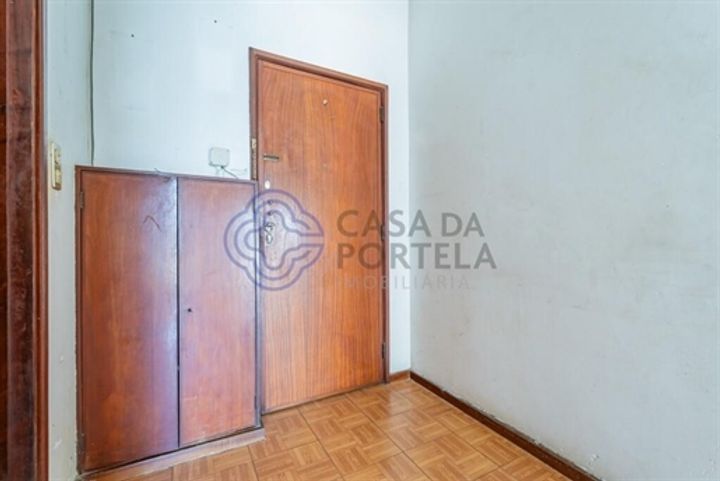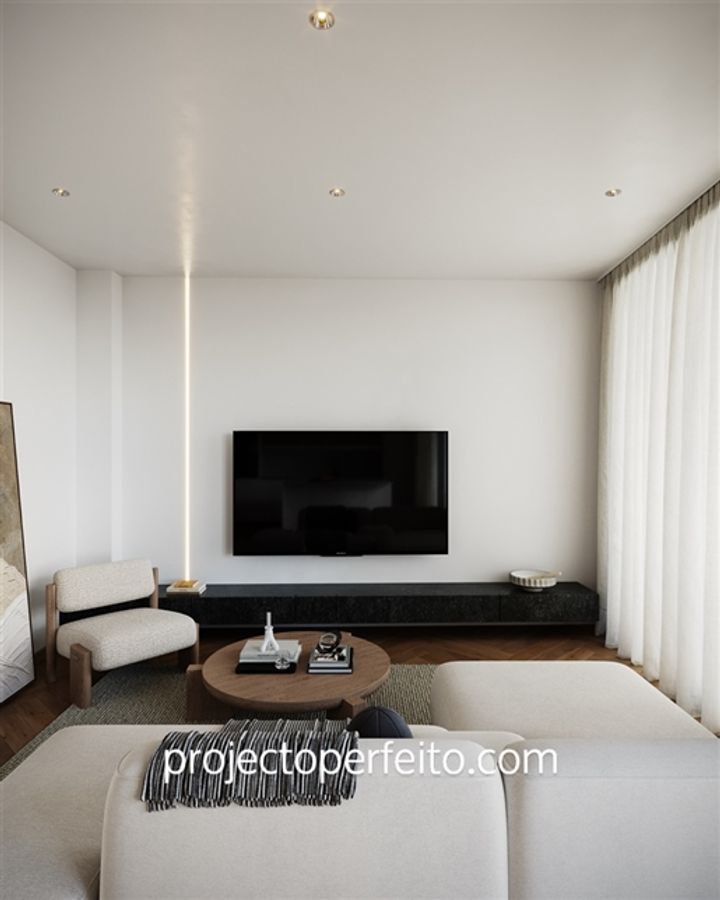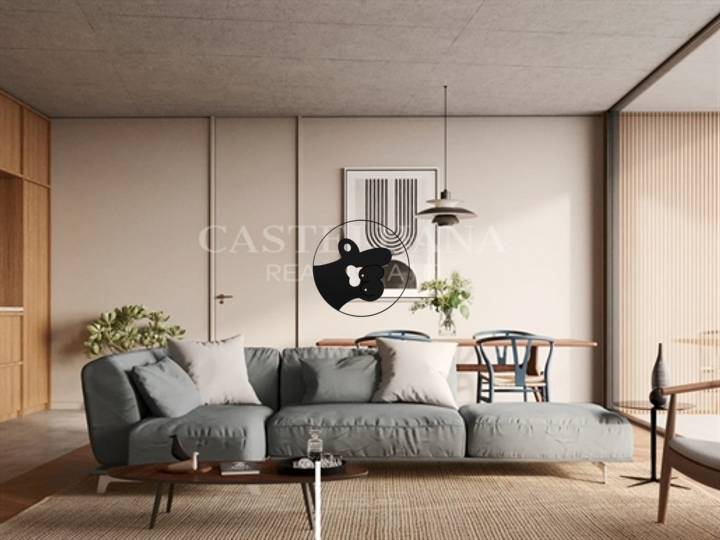Real estate prices in Bonfim, a lively neighborhood in Porto, Portugal, are influenced by several key factors. One significant element is the area's charm and historical significance, which enhance its appeal to potential buyers. Properties located near landmarks, such as the iconic Rua de Camões or the vibrant Mercado do Bom Sucesso, often command higher prices due to increased foot traffic and cultural value. Additionally, the neighborhood's amenities, including cafes, restaurants, and parks, play a crucial role; areas with more facilities typically see rising demand. The ongoing urban development and regeneration projects, which aim to improve infrastructure and housing quality, can also contribute to price increases as the neighborhood becomes more desirable. Furthermore, the proximity to public transport, like the Bolhão metro station, affects accessibility and convenience, further driving property values upward. Lastly, seasonal fluctuations in tourism can temporarily impact prices, with short-term rental markets often seeing peaks during tourist seasons, which can skew the overall pricing landscape within Bonfim.
Bonfim
Location
Price Range
Any price
Price Range
Minimum
No min
Maximum
No max
Property type
Show all
Property type
Show all
House
Apartment
Building
Other
Bedrooms
Any beds
Bedrooms
Minimum
No min
Maximum
No max
Surface Range
Any surface
Surface Range
Minimum
No min
Maximum
No max
Sale type
For sale
Sale type
Show all
To rent
For sale
Location
Apartments and houses for sale in Bonfim
12 results
Recent
Bonfim insights
| Aspect | Summary |
|---|---|
| Population | 30,000 |
| Average Property Price | €150,000 |
| Rental Yield | 5% |
| Average Rent | €750/month |
| Occupancy Rate | 85% |
| Capital Growth Rate | 3% per annum |
| Property Tax | 0.3% of property value |
| Transaction Costs | 7% (including transfer tax and notary fees) |
| Expected ROI | 8.5% |
| Economic Growth Impact | Moderate, influenced by tourism and local economy developments |
Bonfim FAQ
What factors influence real estate prices in Bonfim?
How do current market trends affect property values in Bonfim?
Current market trends in Bonfim are significantly influencing property values in the area. The ongoing urban regeneration initiatives, particularly around Praça de Carvalhido and Rua de Passos Manuel, have led to increased demand for both residential and commercial properties. This revitalization, coupled with a surge in interest from international buyers, especially those from the UK and France, has driven prices up. For instance, the average price per square meter in Bonfim saw an increase of approximately 10% over the past year, reflecting the area's appeal. Additionally, the rise of remote work has led to an influx of young professionals seeking affordable housing options close to the city center, further intensifying competition for available properties. The transformation of local amenities, including new cafés, co-working spaces, and cultural venues, has also enhanced the area's desirability, impacting property valuations accordingly. As a result, property owners and investors are closely monitoring these trends, as they have profound implications on future valuations.
What is the average price per square meter in Bonfim?
The average price per square meter in Bonfim, a neighborhood in Porto, Portugal, generally ranges between €1,600 and €2,500, depending on the specific location and property type. Newly renovated apartments closer to the Bolhão Market can fetch upwards of €2,200 per square meter, reflecting their proximity to amenities and transport links. Meanwhile, older buildings in quieter streets may show lower prices, often around €1,800 per square meter. The rising demand for real estate in Bonfim, spurred by its vibrant atmosphere and cultural attractions, contributes to these price variations. Additionally, the growth of co-living spaces and student accommodations further influences the market dynamics in this area, often pushing prices higher due to increased interest from young professionals and students.
Are property prices in Bonfim rising or falling?
Property prices in Bonfim, a neighborhood in Porto, Portugal, have been experiencing a notable upward trend over the past few years. Factors contributing to this increase include the area's growing popularity among young professionals and international investors, drawn by its vibrant local culture and amenities. For instance, the average cost per square meter has risen significantly, with recent data indicating increases of around 10-15% year-on-year. This surge can be attributed to redevelopment projects that have improved infrastructure and housing quality, making Bonfim more attractive. In contrast, some older properties, particularly those in need of renovation, have seen slower price appreciation, creating a diverse property market where the gap between high-end and lower-end properties is becoming increasingly pronounced. As new cafes, restaurants, and galleries pop up, the neighborhood's charm further fuels demand, leading to a competitive real estate environment.
How do neighborhood amenities impact real estate prices in Bonfim?
In Bonfim, neighborhood amenities significantly influence real estate prices, driven by the demand for convenience and quality of life. Proximity to parks such as Campo 24 de Agosto, vibrant markets, and local eateries contributes to a desirable living environment, reflecting on property values. The presence of schools and healthcare facilities also enhances attractiveness, appealing particularly to families. For instance, homes near the trendy Rua de Cedofeita, known for its cultural offerings and cafes, often command higher prices due to their accessibility to social activities. Additionally, public transport options like the metro connections can elevate real estate values by providing ease of commutability to central Porto, making properties in those areas more sought after. Overall, the interplay between amenities and property demand shapes the real estate landscape in Bonfim.
What types of properties are most common in Bonfim, and how does this affect prices?
In Bonfim, a neighborhood in Porto, Portugal, the property landscape primarily features a mix of traditional and contemporary housing. The older buildings, often characterized by their azulejo-covered facades and wrought-iron balconies, attract buyers looking for historical charm. These properties typically have higher prices due to their cultural significance and unique architectural features. On the other hand, there has been a rise in modern apartments, particularly new developments that cater to the increasing demand from young professionals and expatriates. These newer constructions tend to be more affordable per square meter, although they may still command premium prices due to their amenities and locations near public transport. Additionally, the mix of residential and commercial properties, including small cafes and shops, has contributed to a vibrant community, influencing overall property values. As the area continues to evolve, investors often focus on properties that can be renovated or updated, reflecting a trend of revitalizing older structures while still maintaining their historical essence.
How does the economic situation of the region influence real estate prices in Bonfim?
The economic situation of Bonfim, a parish in the city of Porto, significantly influences real estate prices through various factors such as employment rates, income levels, and local investment. With Porto experiencing a resurgence in tourism and foreign investment, areas like Bonfim have seen an increase in demand for housing, particularly among younger professionals and expatriates. This demand pressure has driven up property prices, especially in the market for renovated apartments and modern developments. Additionally, as local businesses thrive and job opportunities expand, disposable income rises, making it easier for residents to invest in property, thereby further inflating prices. Recent projects, such as the expansion of infrastructure and the conversion of older buildings into coveted residential spaces, have also contributed to the changing landscape, encouraging both buyers and investors to capitalize on the area's growth potential. Consequently, as the overall economic climate evolves, real estate prices in Bonfim continue to reflect the interconnectedness of local development and market demand.


